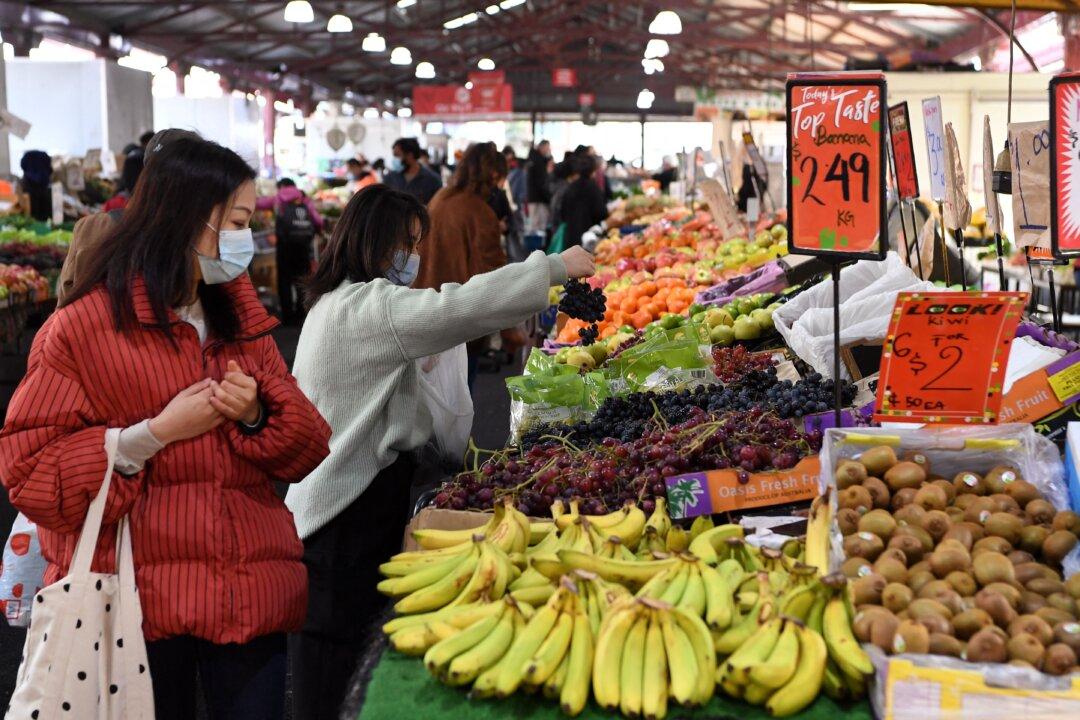Fruit and vegetable consumption in Australia has dropped, according to the latest findings from the national statistical agency. The Australian Bureau of Statistics (ABS) reveals a reduction across all major food groups, with vegetables recording the largest drop.
This news coincides with Australians grappling with higher inflation, with CPI rising to 6 percent in the 12 months leading up to June 2023.





